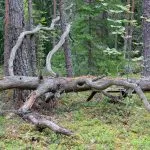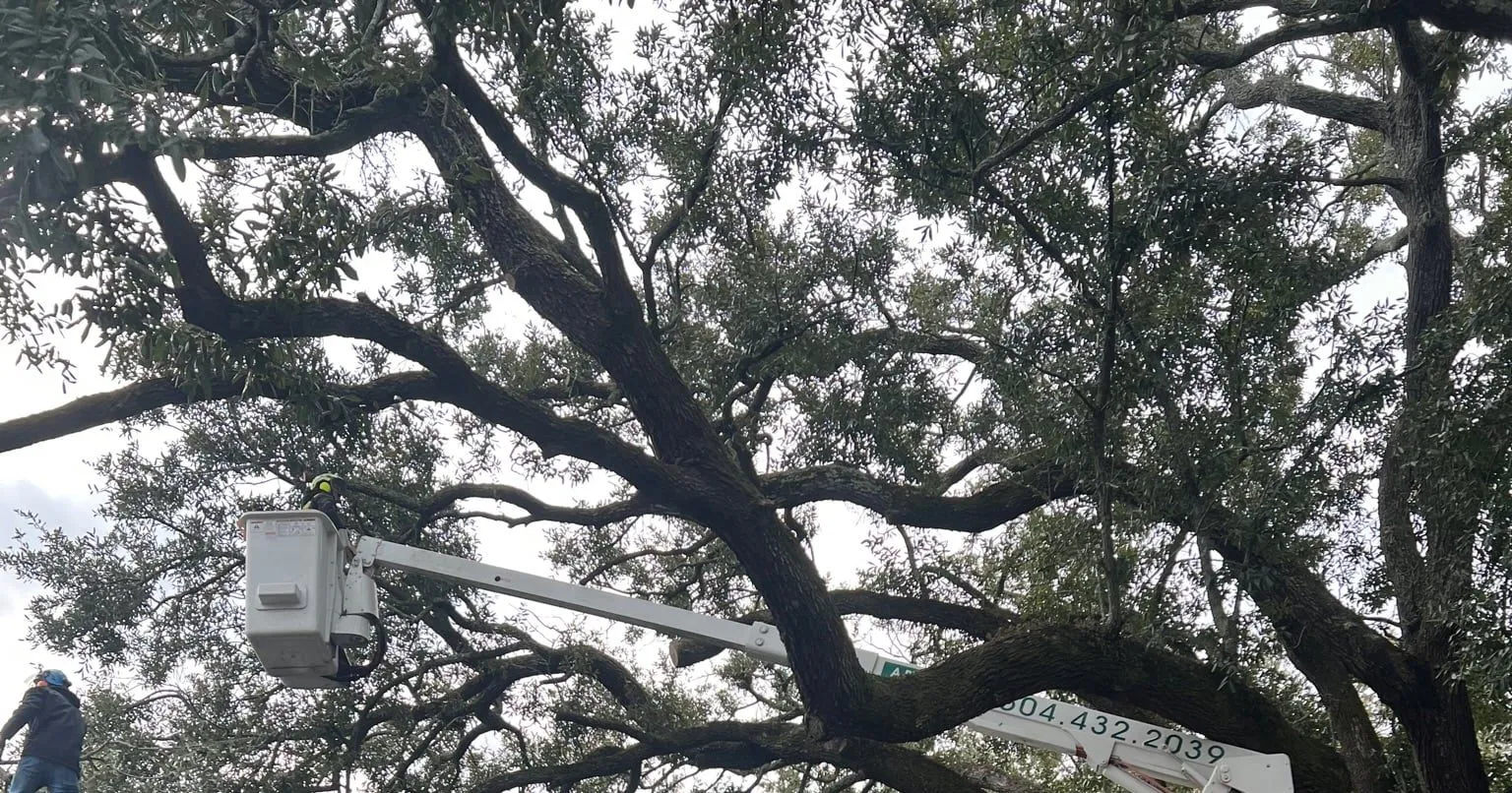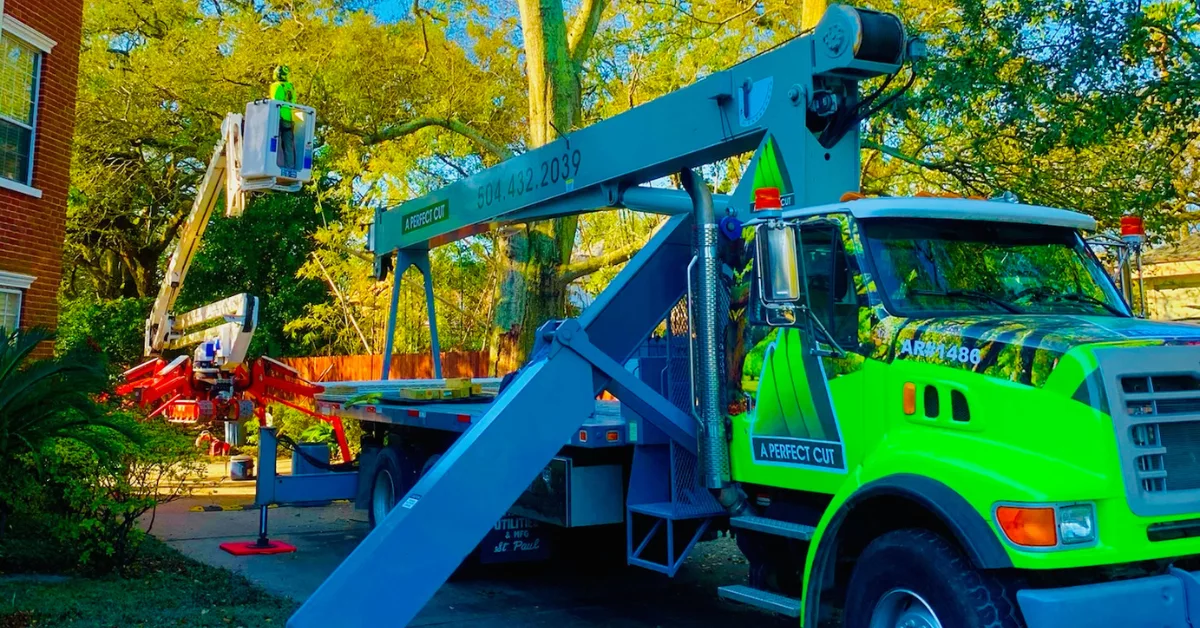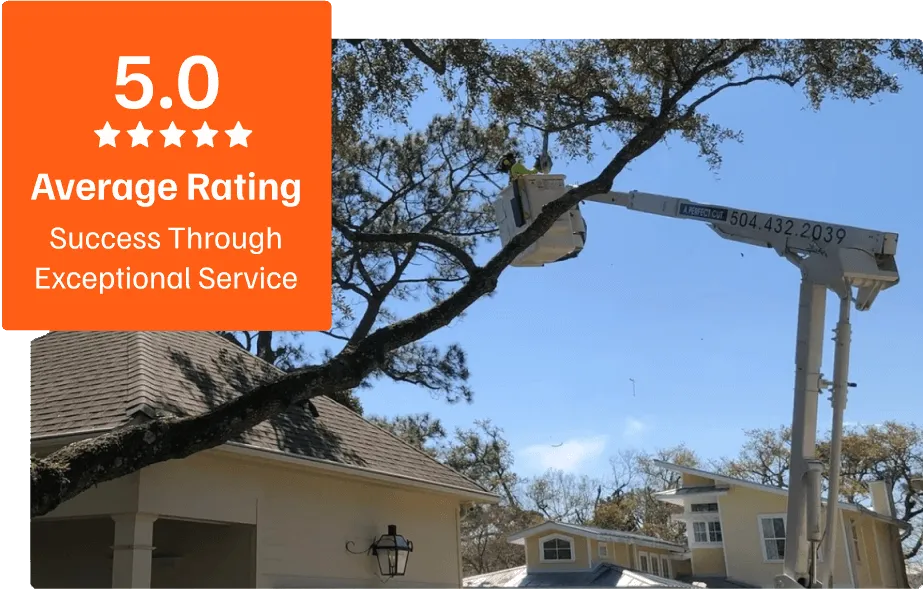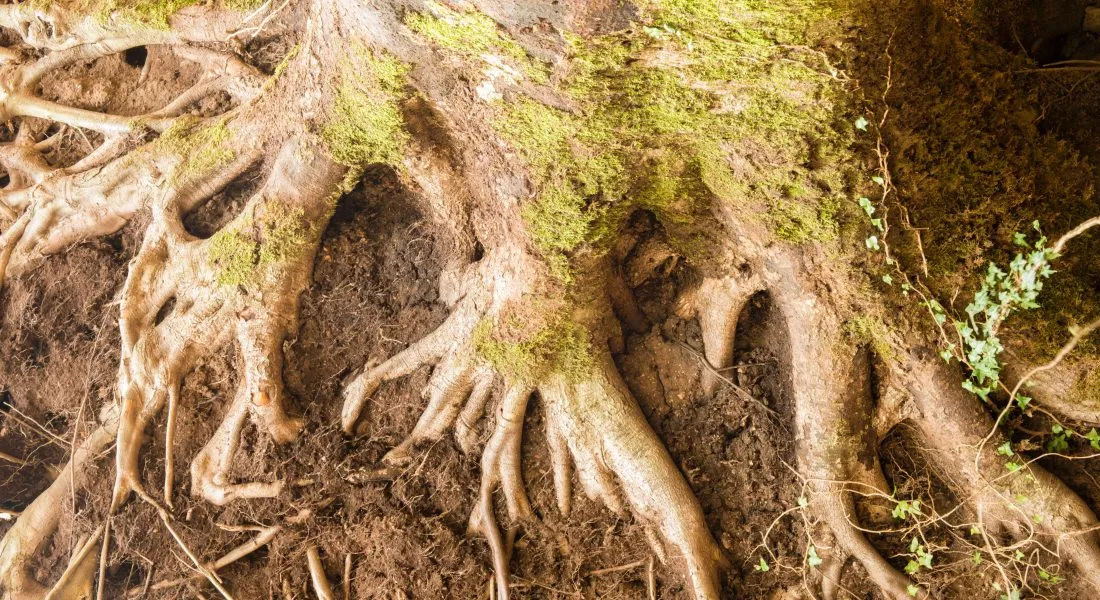
October 24, 2024
Disease in trees will often start early with yellowing leaves, dying branches, peeling bark, and mushrooming at the bottom. The symptoms might point either to pest conditions or to intrinsic damage, and that can threaten safety. Treating, pruning, or removing the tree becomes possible after a qualified arborist inspects and addresses the issue. A Perfect Cut Tree may offer professional insights into how diseased trees may be identified and further help is offered.
Understanding Tree Diseases
Tree diseases infect trees, weaken them, reduce their lifespan, and even kill them. Knowing their causes prevents severe damage and expensive repairs.
Causes of Tree Diseases
- Biotic Factors: Fungi, bacteria, and insects cause infections. Bark beetles carry Dutch elm disease, whereas fire blight causes branch and leaf deformation. Insects worsen the issue as they spread pathogens.
- Abiotic Factors: Drought, pollution, and ill health predispose trees to the risk. Drought-weakened roots and pollution-damaged leaves enhance the risk.
Environmental conditions incorporate temperature variations and humidity, stimulating illness. Optimal soil and pest control enable trees to improve their health and strength.
Common Types of Tree Diseases
Tree diseases are divided according to what part they affect:
- Leaf diseases: Anthracnose and powdery mildew cause discoloration, curling, and premature defoliation, which reduces photosynthesis.
- Bark Diseases: Dutch elm disease and cankers result in peeling bark and serious fissures that reduce structural integrity.
- Root Diseases: Armillaria root rot leads to root structure instability and therefore issues with nutritional absorption.
Other diseases infect specific species, like oak wilt on oak and cedar-apple rust on juniper and apple.
How Tree Diseases Spread
Tree diseases can spread in several ways. Wind and water can carry them, while insects like aphids and beetles can move bacteria and viruses. Using unclean tools or moving infected soil can also pass diseases to healthy trees. Additionally, bad pruning practices can make trees more vulnerable. Regular care and keeping things clean help reduce the risk of spreading diseases.
Identifying Signs of Diseased Trees
Trees exhibit obvious signs of disease or stress, and early detection will stop the damage. Homeowners who notice them can save the tree with timely action. Regular monitoring and knowledge of potential problems safeguard tree health.
Leaf Discoloration and Spots

Leaf color changes, like yellowing, browning around the edges, or the development of black spots, can be an indication of fungal or bacterial infection. Wilting and curling are further signs of stress.
Bark Abnormalities
Peeling, cracked, or discolored bark indicates canker or insect infestation diseases. Weakened bark hinders nutrient flow, impacting general tree health.
Weak or Dead Branches
Brittle, bare, or prone-to-breakage branches can point towards dieback, in which branches of the tree are not getting enough nutrients. Pruning dead branches arrests decay from causing more damage.
Visible Wounds or Cracks
Storm damage or improper pruning can leave open wounds, making trees susceptible to infections. Regular inspection and proper care help prevent further deterioration.
Root Issues
Wilting, stunted growth, or leaning trees may indicate root rot or poor anchoring. Examining soil conditions and ensuring proper drainage can mitigate root-related problems.
Assessing Tree Health
Routine assessments help maintain tree vitality. Property owners should check leaves, bark, roots, and structural balance to detect early signs of disease.
-
Inspect Leaves and Branches
Check for discolored leaves, curling, or early drops. Inspect branches for deadwood, breakage, or thinning foliage. Healthy branches should have even growth and green leaves. Seasonal checks help catch issues early.
-
Examine Bark and Trunk
Check for peeling bark, deep cracks, cankers, or oozing sap. Mushrooms at the base may signal decay. Some bark shedding is normal, but excessive peeling could mean trouble.
-
Evaluate Root Health
Look for mushy, discolored roots and unstable soil. Too much moisture can cause deterioration and undermine the tree’s foundation.
-
Assess Overall Structure
Check for leaning trunks, cracks, or uneven limbs. Structural weakness increases the risk of falling, especially in storms.
Treating Diseased Trees
Healing distressed trees begins with a thoughtful plan to revitalize and avoid further loss. Proper treatment can salvage the tree and safeguard the surrounding environment.
Remove Infected Branches or Leaves

Prune affected areas using sterilized tools, cutting several inches below visible damage. Dispose of infected material properly to prevent reinfection.
Apply Fungicides or Treatments
Apply approved fungicides or bacterial treatments as directed for particular diseases. Always follow the label carefully for safe usage.
Improve Soil and Water Conditions
Test the soil for nutrient deficiencies and correct with organic matter. Irrigate properly to avoid overwatering or drought stress.
Seek Professional Arborist Assistance
Certified arborists diagnose intricate issues and apply advanced treatments, like tree injections or bracing, to maintain long-term tree health.
Preventing Tree Diseases
Preventing diseases in trees starts with good care and maintenance. Healthy trees add beauty to landscapes and minimize the necessity for expensive treatments. Simple steps can decrease the risk of disease and keep trees healthy.
Choose Disease-Resistant Tree Species
Trees chosen for innate disease resistance enhance landscape resilience. Native species with resistance to local environmental conditions are more resistant to pests and diseases.
Maintain Proper Pruning Practices
Trim trees regularly to remove weak limbs and provide air circulation. Prune with sanitized tools and during the dormant season to reduce susceptibility to disease.
Monitor Soil Health
Healthy soil harbors robust root systems. Frequent testing and amending of soil, including the addition of compost, enhances fertility and drainage.
Avoid Overcrowding
Regular tree spacing prevents disease transfer since it reduces humidity rates while increasing ventilation.
Spotting and Treating Diseased Trees Before It’s Too Late
Recognizing and addressing diseased trees early helps protect your landscape and prevent potential hazards. Signs like discolored leaves, peeling bark, and dead branches often point to deeper issues.
Let A Perfect Cut Tree take the guesswork out of diagnosis and treatment. Our team can assess the issue and recommend the best solution to keep your trees healthy and your property safe. Contact us today!

